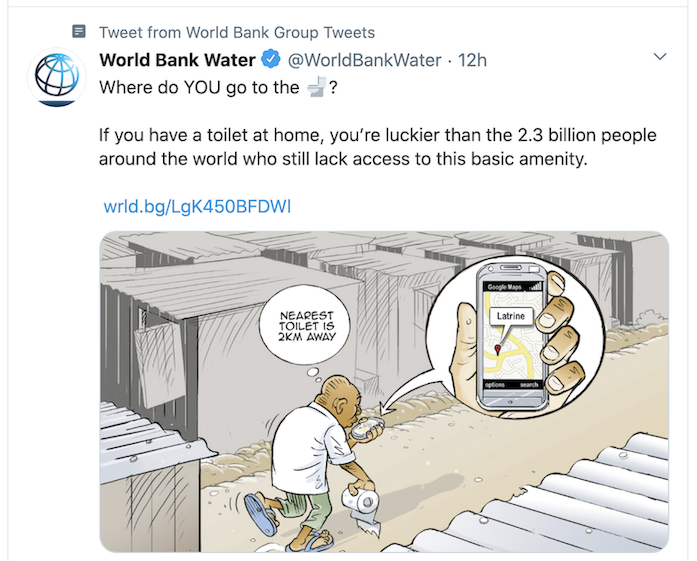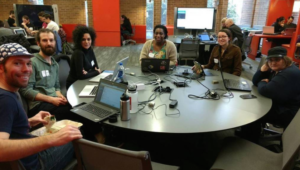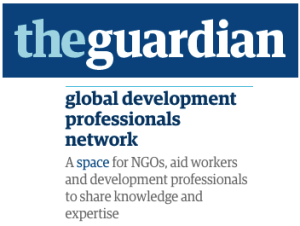I sent out this tweet thread December 3 from my Twitter account:
Listened to a podcast by someone wanting to develop an app to address a particular community need. He has no stats regarding the need, no research showing his approach is what partner agencies or potential clients want. Just talked about #app4good he’ll develop. (1/5) #CSR
This project leader has no experience regarding this particular community need. None. It’s another case of someone from the corporate world deciding that he knows what nonprofits or at-risk community members need, with no data or research to back that up. (2/5)
Looked at the web site. It’s very slick, uses all the buzzwords. You have to really read (which most folks won’t) to realize every project is in development, that no people with actual expertise in this issue are involved in this supposed nonprofit effort. (3/5)
It’s great that folks from the corporate / business / tech world want to help with community issues. Your involvement is vital. But just as you have to do your homework before developing an app for consumers, you have to do research before you develop an #app4good. #CSR (4/5)
Years of experience in the tech sector doesn’t prepare app creators for addressing homelessness, hunger or street harassment, or navigating mass transit, or working in emergencies. You must talk in-depth with the experts: nonprofits & their clients. (5/5)
I’ve written a LOT about how folks from the corporate world, from executive directors to app developers, don’t talk to nonprofits before they develop tech tools for their clients. Here’s more:
- Many app4good efforts fail to get stakeholder input: lessons from UNHCR
- where are the evaluations of hacksforgood/appsforgood?
- Advice for hackathons / one-day tech events looking for projects to hack
- Disrupting Corporate Social Responsibility (CSR)
- guide to ethics in app & other tech tool development
- Innovation without replication is a waste of time.
- Fewer Pilots, More Scale: Making Digital Development Work
And then there is this brilliant tweet from World Bank Water, an initiative of the World Bank:

To paraphrase a comment I wrote in a previous blog, it’s wonderful to see so many tech4good / apps4good / hacks4good initiatives anywhere in the world, but I see way too much attention being spent on their launch, on their promise, and not nearly enough researching if this is really what clients or the community wants, let alone evaluating their impact and sustainability after launch. And if we don’t focus on those things, then they are just tech fluff.






